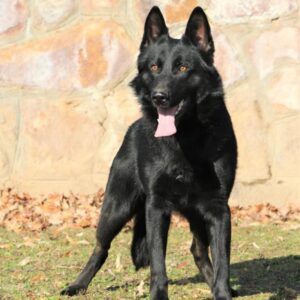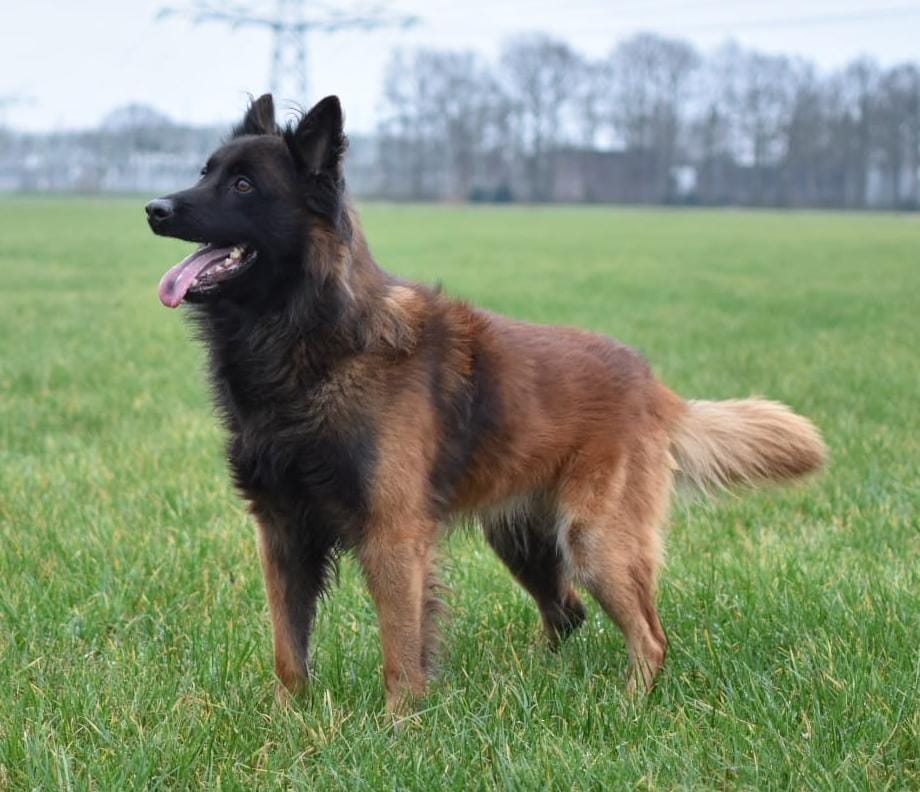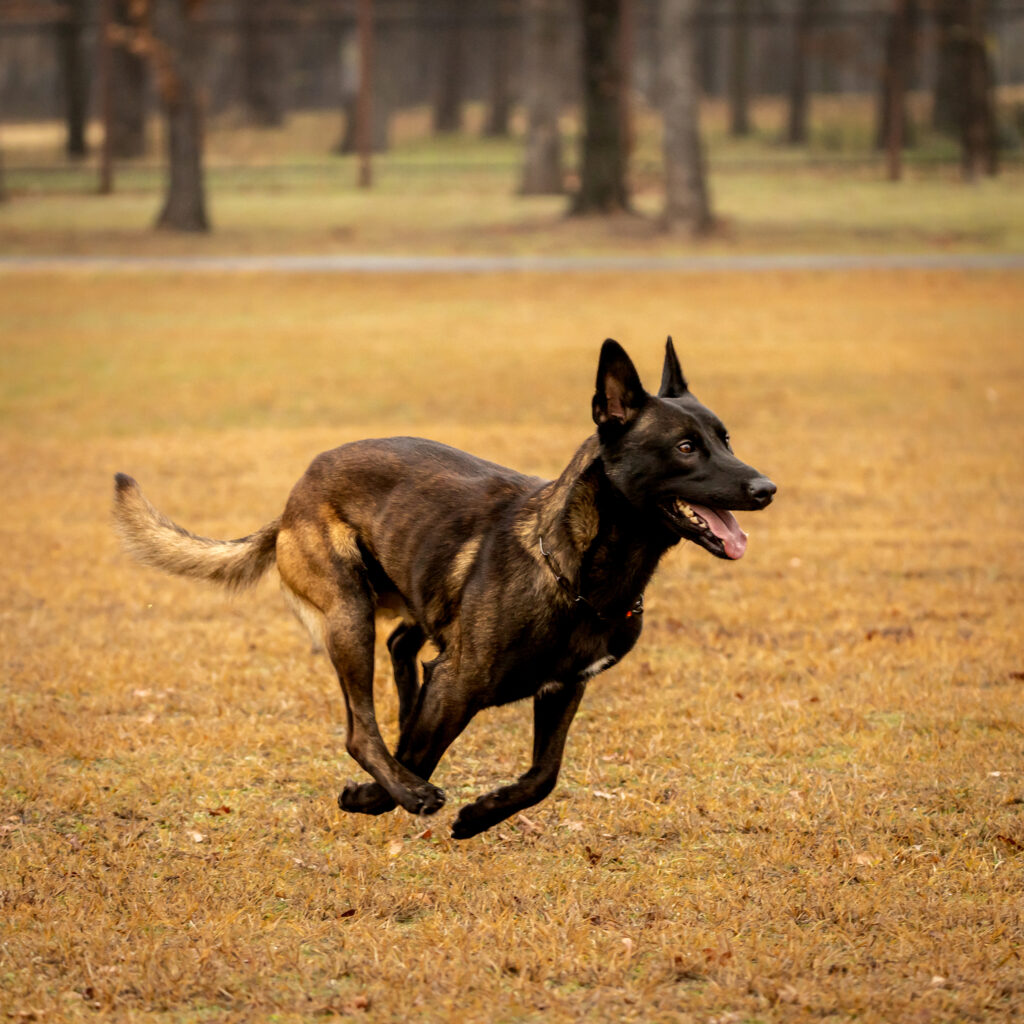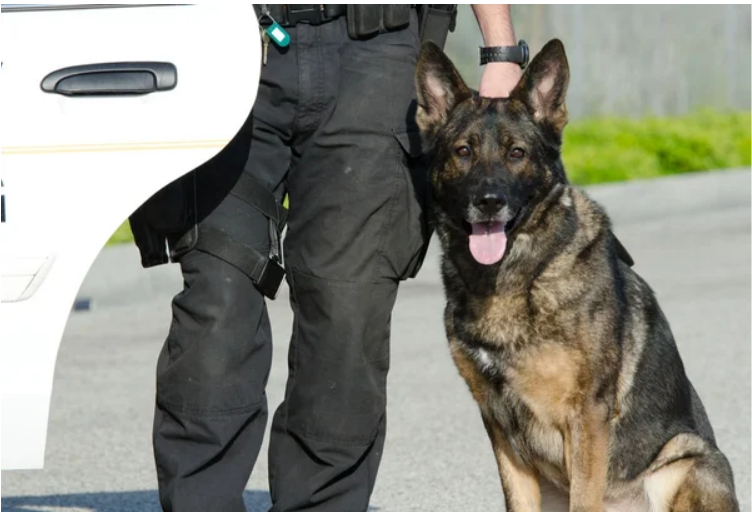Understanding the Training Levels of Executive Protection Dogs
When people talk about executive protection dogs, you’ll often hear references to “levels” of training. These levels aren’t an industry standard, and different trainers may define them differently. However, they’re often used as a way to describe the depth and type of training a protection dog has received. So what do these levels usually mean? Here’s a general overview of how protection dog training is sometimes described in the industry.
What Do the Training Levels Mean?
In broad terms, protection dogs are sometimes grouped into three levels of training. The first level is typically foundational, while the third level is usually described as the most advanced. Remember—each trainer may define or apply these levels differently, so it’s important to understand the specifics of a particular dog’s training rather than assuming the “level” always means the same thing. Here’s what the three levels often look like when used to describe training progression:
Level 1
A level 1 protection dog receives thorough obedience training, is excellent at following verbal signals, and confidently follows commands. They’re well-socialized, good with kids, and crate-trained. At this level, protection training is likely to include basic:
- Home invasion scenarios
- Gunfire training (ensuring they know what to do if a gun is fired by you or by a threat)
- Property protection and patrol
- Search and alert procedures
- Bite training
A protection dog at this level will serve as a deterrent, show aggression on command, and protect you and your family in stressful or harmful scenarios.
Level 2
A level 2 protection dog’s training includes and builds on the training of a level 1 protection dog. That could include:
- Silent commands and hand signals
- Off-leash commands
- More complex threat scenarios (featuring intruders, gunfire, multiple attackers, car-jacking, and more)
- Protecting and patrolling larger properties
- More intense protection training for higher-pressure situations
- More advanced bite training
- More advanced ability to identify threats
Level 3
A level 3 protection dog’s skills and abilities build on the training for levels 1 and 2. Additional skills could include:
- Accessing and neutralizing a threat
- Abduction and kidnapping prevention training
- Assessment of passive threats
- Food refusal to prevent poisoning
- Police or military-style training to detect explosives or narcotics
- Silent, stealth action that’s nearly undetectable
- Custom skills depending on the trainer
Again, keep in mind that these “levels” are not standardized. Each trainer may define training progression differently, so it’s always best to ask specifically what a dog has been trained to do.
Advanced Skills in Higher Levels of Training
At the highest levels, protection dogs may receive extensive preparation for real-world scenarios. These dogs are sometimes trained in police or military-style environments, learning how to search, detect, alert, and engage when necessary. They’re taught to stay focused even under intense stress and to prioritize the safety of their handler.
Why Some People Look at Training Levels
People often use levels to compare training approaches or to understand what types of scenarios a dog is prepared for. While not every trainer categorizes protection dogs this way, the idea of levels can help highlight the differences between basic obedience and more advanced skills. Whether you’re considering a protection dog for home defense, travel security, or family protection, the key is not the “level” but the actual training the dog has received and how well that training matches your lifestyle and needs.
Breeds Commonly Used for Executive Protection
While many dog breeds can make very good protection dogs, two breeds rise above the rest. Both were originally bred as herding dogs, and their instincts for protection and quick response make them excellent candidates for high-level training.
 Belgian Malinois
Belgian Malinois
Malinois are known for their exceptional drive, intelligence, and protective instincts. They’re fast, agile, and highly trainable.
German Shepherd
German Shepherds are versatile, smart, and strong, which makes them a top choice for military and police work as well as family protection.
Living With a Highly Trained Protection Dog
Living with a protection dog requires commitment. These are highly trained, high-energy dogs that need regular exercise, mental stimulation, and reinforcement of their training. Practice sessions, structured play, and varied exercise (like obstacle courses and hikes) keep them sharp and engaged. While many protection dogs are trained as family companions, it’s important to remember that their primary purpose is protection. Supervision around small children is recommended, and regular veterinary care is essential to keep them healthy and ready for their role.
Final Thoughts
When you hear about “levels” of protection dogs, think of it as a way the industry sometimes explains the differences in training and skill sets. What matters most is understanding the exact training a dog has received, not just the label attached to it. If you’d like to learn more about protection dogs for sale, contact Scott’s K9 today for details about our world-class protection dogs and the training that sets them apart.
Sources:
https://www.kgw.com/article/news/investigations/we-asked-86-burglars-how-they-broke-into-homes/344213396
https://vocal.media/education/guard-dog-security-vs-traditional-security
https://scottsk9.com/protection-dogs-and-home-invasion-prevention-data-driven-analysis/


